The Dawning of Conversational IoT: How AI Will Redefine Our Devices
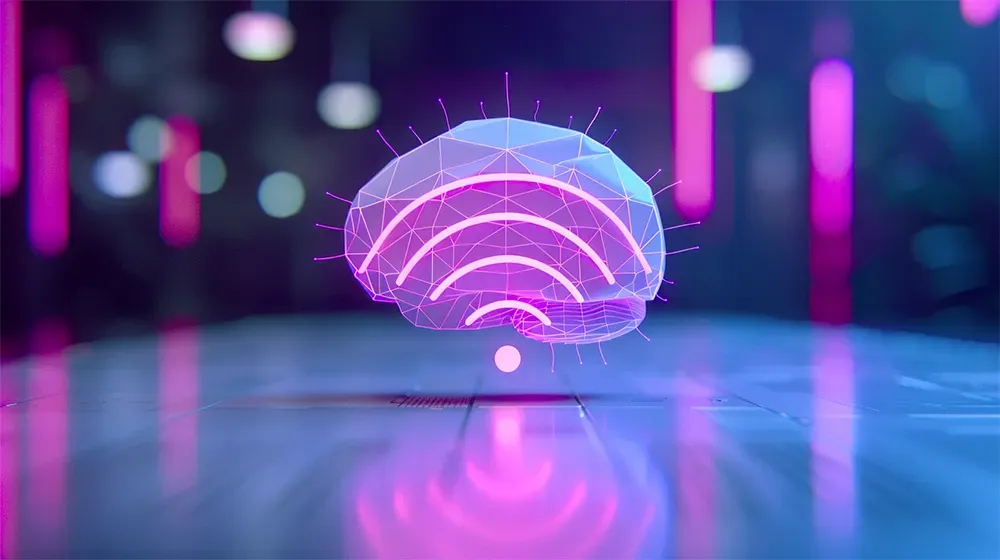
In the ever-evolving landscape of technology, the concept of the Internet of Things (IoT) has gained prominence for its ability to connect everyday objects to the internet, enabling them to communicate and interact with each other. This interconnected network of devices has opened up new possibilities, giving birth to many intelligent applications that have revolutionised how we live, work, and interact with the world around us.
But what happens when we combine the power of IoT with large language models (LLMs)? The potential for innovation and efficiency becomes even greater. The seamless integration of Intelligent Applications with the Internet of Things (IoT) is poised to redefine how we interact with our digital environment in 2024. This convergence enhances the functionality of smart devices and brings about a paradigm shift in communication, fostering personalised and dynamic user experiences.
This article is an extended version of one of the ten technology trends for 2024. You can download the full report free of charge by completing the below form.
Integration of Smart Devices with Large Language Models
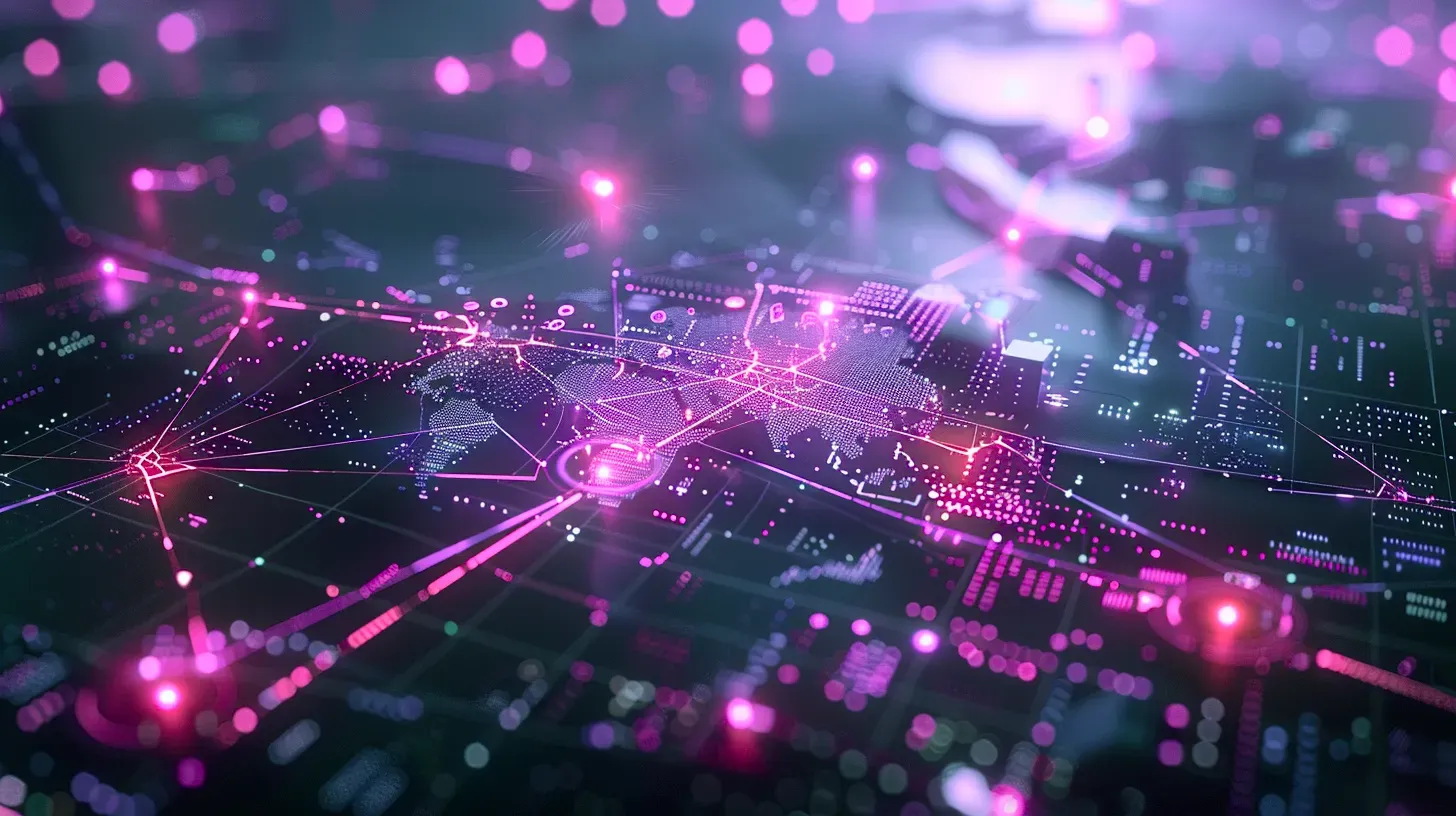
Integrating smart devices with Large Language Models (LLMs) heralds a new era of connectivity and understanding, which some call the artificial intelligence of things. Devices are becoming more than mere tools; they are evolving into intelligent companions capable of comprehending and responding to human language in nuanced ways.
Imagine a world where your smart devices are capable of responding to commands and actually understand the context of your requests. This is precisely what integrating smart devices with large language models brings to the table. By leveraging the power of AI, devices can not only comprehend natural language but also generate intelligent and personalised responses.
For example, you can have a conversation with your lightbulb in French, and it will not only intelligently respond in fluent French but also understand your preferences and adjust the settings on a wide variety of data points. This seamless integration of AI and IoT empowers devices to go beyond mere automation and provide personalised experiences that enhance our daily lives.
The Role of Artificial Intelligence in the IoT

One of the key challenges in the IoT space has been the gap between digital assistants and physical devices. While virtual assistants like Siri and Alexa have gained massive popularity, their integration with the physical world has been limited. However, this gap is rapidly closing with the advent of AIoT (AI + IoT).
AIoT involves the convergence of AI and IoT technologies to create a seamless and intelligent ecosystem. It enables digital assistants to interact directly with physical devices, expanding their capabilities and making them truly transformative.
Artificial Intelligence plays a critical role in the IoT ecosystem. It enables smart devices to process massive amounts of data in real time, allowing them to make informed decisions and perform complex tasks autonomously. Through machine learning algorithms, AI can analyse patterns, predict behaviour, and adapt accordingly, leading to enhanced efficiency and improved functionality.
Use Cases of IoTs with LLMs
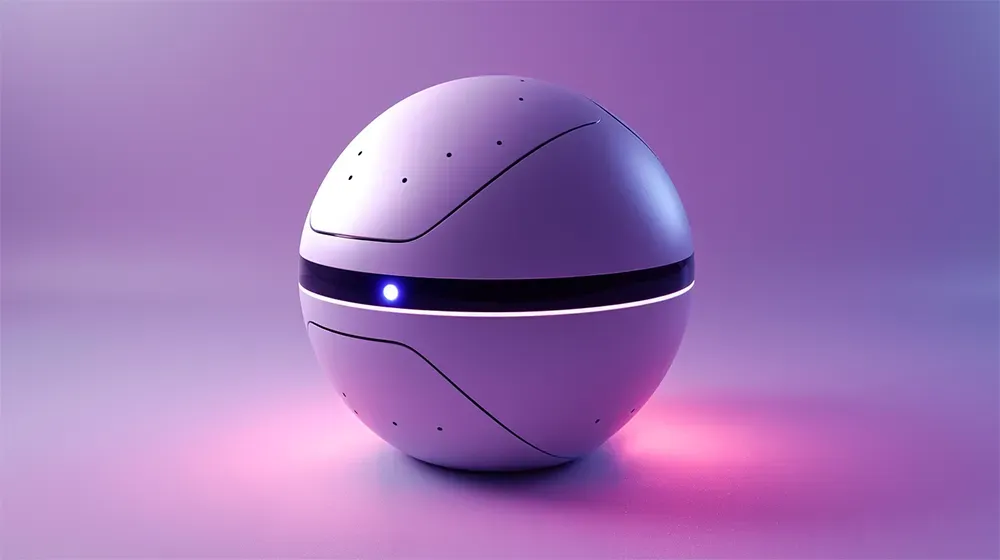
Imagine having Apple's robust language model, akin to GPT, conveniently stored in your pocket – a prospect on the horizon. Recent reports suggest that Apple's AI researchers may have made a noteworthy breakthrough in incorporating LLMs into iPhones and other Apple devices, even those with restricted memory capacities. The reported innovation involves an inventive flash memory utilisation technique, potentially streamlining the integration of advanced language capabilities on Apple devices.
This would mean having the benefits of LLMs without data privacy issues. If proven successful, this development could mark a significant stride towards making sophisticated language models more accessible and seamlessly integrated into our everyday technology. Fast forward a few years and micro LLMs could run directly on your connected devices.
Within the realm of smart home devices like thermostats, locks, and lights, the infusion of language models enhances user interactions. It will bring us closer to the artificial intelligence of things. Natural language commands become a seamless means of controlling and querying these devices, contributing to a more intuitive user experience where talking to your devices becomes the new normal.
Although home devices might take a bit longer to receive an upgrade with LLMs, more commercial products will come first. For instance, AI-powered sensors in a smart city can monitor traffic patterns and adjust signal timings dynamically to optimise traffic flow. In the healthcare domain, AI-powered wearables can continuously monitor vital signs, read prescriptions, analyse conversations between patients and doctors and notify medical professionals in case of abnormalities, enabling early detection and proactive intervention.
But the impact of AI in the IoT goes beyond just traffic optimisation and healthcare.
In the manufacturing sector, AI-powered humanoids are transforming production lines and warehouses. These robots can analyse real-time sensor data to detect anomalies and make adjustments to ensure optimal performance. They can also learn from past production data to improve efficiency and reduce errors, leading to higher productivity and cost savings.
Also the automotive industry is on the brink of a transformative shift, with Geely pioneering the development of a groundbreaking LLM for in-vehicle infotainment. Anticipated to be the first large-scale neural net deployed in automobiles, this technology promises to revolutionise connected cars in the foreseeable future.
The integration of LLMs into in-vehicle systems has the potential to elevate the functionality of autonomous vehicles significantly. Imagine a scenario where drivers can seamlessly interact with their vehicles using voice commands, instructing them to change lanes or navigate to specific destinations. In addition, LLMs may play a pivotal role in enhancing the capabilities of self-driving cars by enabling them to comprehend and process complex environmental information, thereby contributing to safer and more intelligent driving decisions.
As Geely paves the way with this innovative development, connected cars equipped with LLMs are poised to redefine the driving experience, setting the stage for a future where vehicular interactions become more intuitive and technologically advanced.
The Future of Intelligent Applications in the IoT
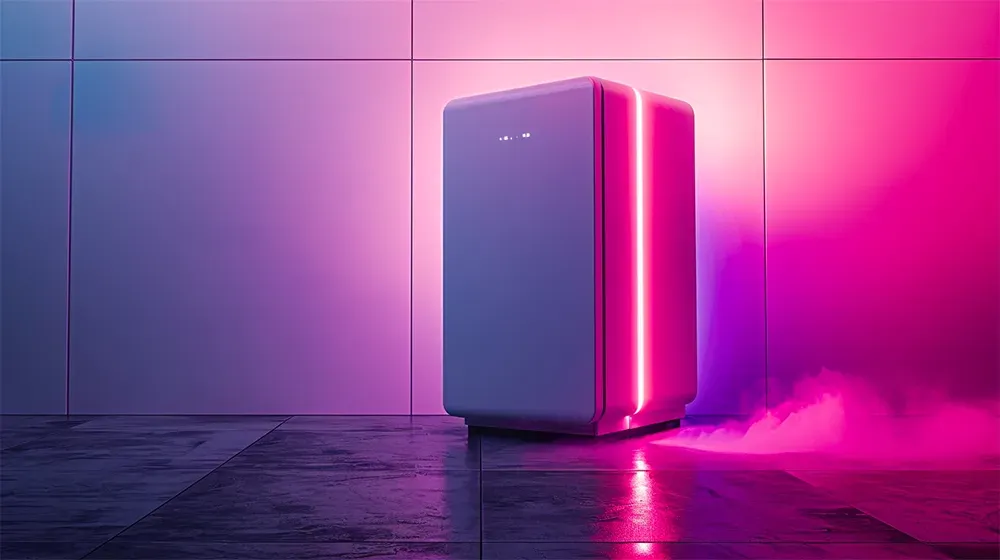
The future of intelligent applications in the IoT is incredibly promising. As technology continues to advance, we can expect to see even more sophisticated applications that seamlessly blend AI and IoT. One exciting development is the advent of wearable AI devices.
2024 will be the year of new AI wearables, driven, of course, by Humane's launch of the AI Pin this March and the recent launch of Rabbit R1. Companies such as Humane, who are developing AI wearables, envision a new relationship between humans and their wearables, one that transcends screens and instead relies on an intimate relationship between the user and the device. While 2024 will likely see the announcement of several new high-profile AI wearables, history has taught us that changing the behaviour of consumers is incredibly hard. As a result, I do not expect these first AI wearables to become a global success, but, more importantly, they will pave the way for the second generation of AI wearables to become more widely accepted in the years ahead.
But what if I told you that the future of intelligent applications in the IoT extends beyond just wearables? Picture this: a world where AI is embedded in our environment, seamlessly integrating with our daily lives.
Picture a scenario where your refrigerator, armed with AI capabilities, not only keeps track of its contents but also suggests recipes based on your available ingredients. It can even generate personalised shopping lists and place orders for you. This level of understanding and proactivity sets intelligent IoT apart from its more basic predecessors, revolutionising our daily routines and making our lives easier and more convenient.
By leveraging LLMs and IoT technologies, we can have a natural conversation with the devices in our homes, offices, and public spaces who can learn to anticipate our actions and provide personalised experiences.
The Advent of Intelligent IoT: Beyond Automation to Understanding
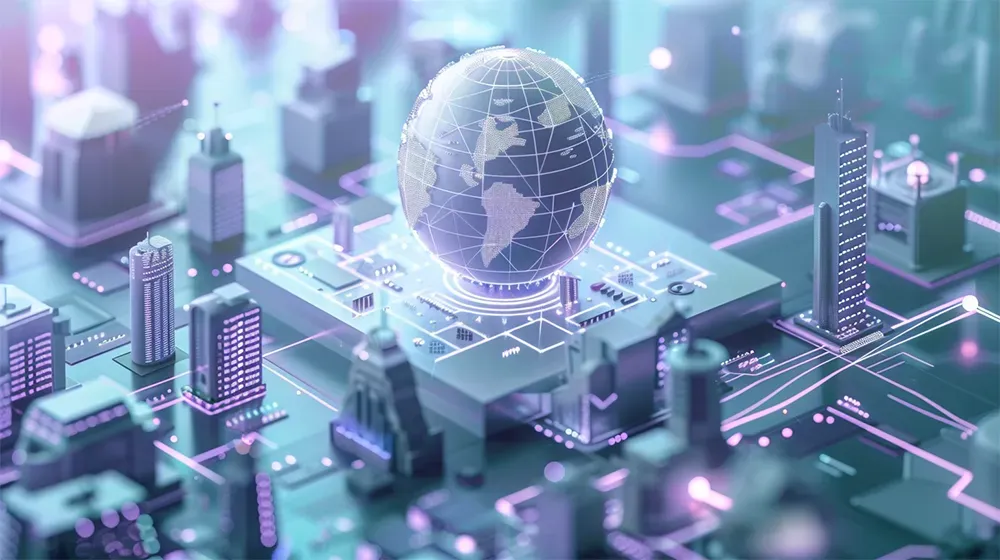
The advent of intelligent IoT goes beyond mere automation. It marks a shift towards devices that not only perform tasks but also understand and learn from our preferences, habits, and behaviours while having an engaging conversation. Large language models like ChatGPT are at the forefront of this revolution, enabling devices to communicate with humans in a more natural and intelligent manner.
The future of intelligent applications in the IoT is a world where AI seamlessly integrates into our everyday lives, whether through wearable devices, ambient intelligence, or LLM-powered IoT devices. As technology continues to advance, we can expect to see even more exciting developments that will transform the way we interact with our environment and enhance our overall wellbeing. The possibilities are endless, and the future is bright.
Conclusion
Integrating large language models with the Internet of Things heralds an exciting new era of intelligent and intuitive applications. As we have seen, combining the conversational capabilities of LLMs with the interconnectivity of IoT devices opens up possibilities that redefine human-technology interactions. The future points to AI-powered IoT ecosystems where smart devices not only automate functions but also understand contextual information, learn from data patterns, and engage in natural dialogues.
The advent of AI wearables and ambient intelligence promises more personalised and proactive experiences that simplify daily tasks. Meanwhile, the automation of industrial IoT with LLMs leads to gains in efficiency and productivity. Though optimistic, we are still in the early phases of this transformation. As the technology matures, the applications will become more sophisticated and widespread, penetrating various domains.
While potential risks exist, the promise of this symbiosis between intelligence and interconnectivity is too powerful to ignore. It will make major inroads towards digitally enhanced living and introduce new paradigms for blending AI into our everyday environments. With prudent progress, we can build a future where intelligent IoT simplifies life while working cooperatively with human goals and oversight.
Images: Midjourney





